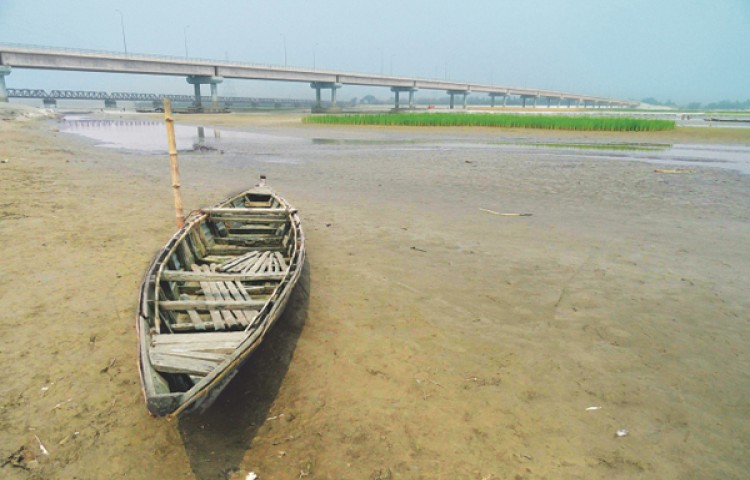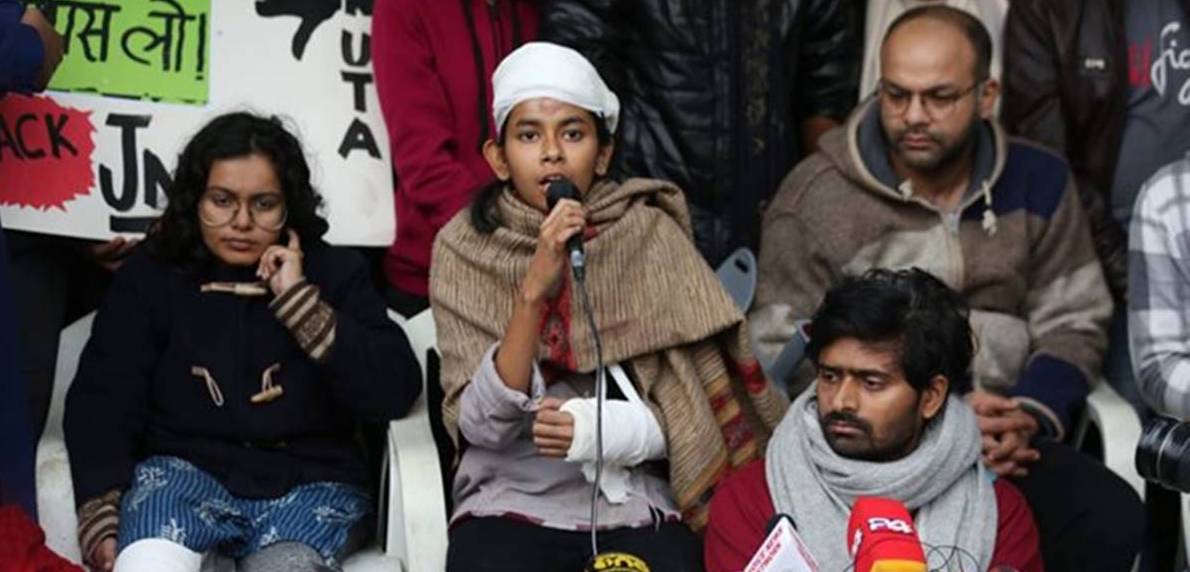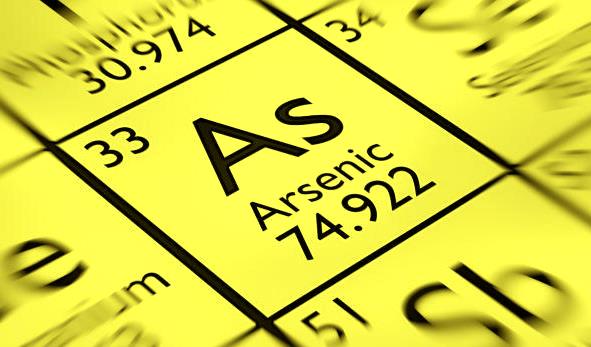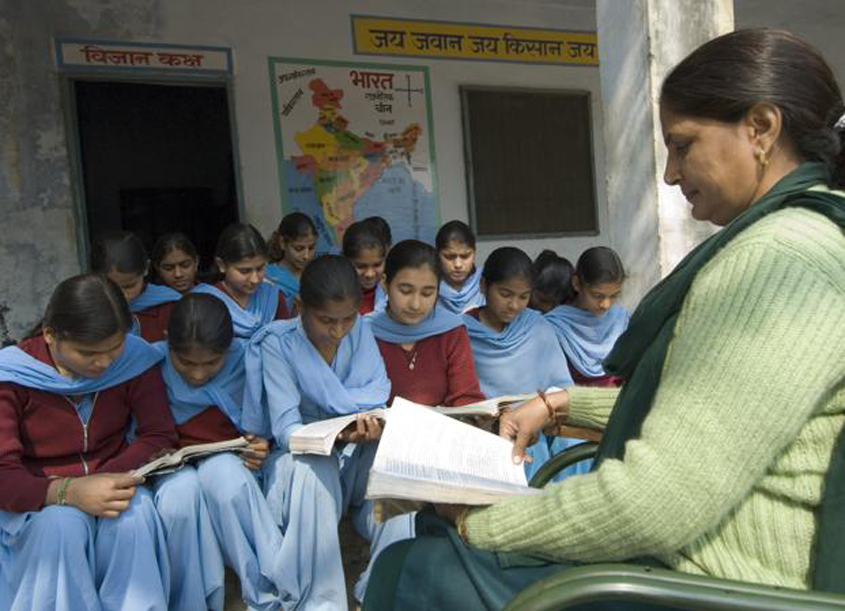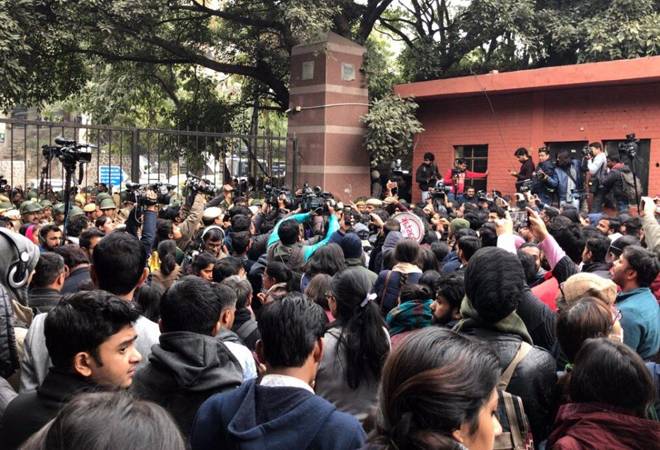Rivers are one of the most fundamental natural resources and are indispensable for human civilisation. It is because of rivers that for centuries the human race has not only survived but also grown and prospered. However the modern discourse of ‘development’ looks at rivers as only commodities to be exploited and thus rivers are dying out speedily. The author has made a significant effort to make the voice against the reckless exploitation of rivers audible and speak of the decline of this important resource in the state of Bihar.
Prof. Manindra Nath Thakur teaches Political Science at Jawaharlal Nehru University, New Delhi.
I have had a long association with the Seemanchal region of Bihar (located in the north-eastern part of the state and consists of four districts: Araria, Purnea, Kishanganj, and Katihar). But it is only over the last couple of years that I have begun visiting the region as a researcher. My research upon this region is focused on its politics and the changing social dynamics of its communities, however, this time around my attention was drawn towards the region’s natural landscape. Escaping the extreme heat of a Delhi summer when one reaches the area one is surrounded by the greenery and the flourishing crop fields- as of suddenly transported to a green country.
However, I was extremely saddened to see the rivers of the region dying. I researched and inquired into the reasons for the steady decline of the river in Kadwa region of Katihar. A major portion of the river goes through the Dam on the Mahananda river, where devastating floods are frequent. There are several tributaries of Mahananda and many more tributaries of tributaries in this region. There is almost a web of river system making the area full of water bodies.

It is interesting to know that each big, medium or small river has its own story as rivers are personified. For instance, there is a river called Manik Nath. As I child I was a frequent visitor to the village located on the bank of this river. There an interesting story about it, narrated by the people with great enthusiasm. The story goes like this. Once upon a time, there was a king and this village was the capital of his kingdom. He was known for his atrocities. This village was located on the route of the Nathpanthi Yogi’s journey from Gorakhpur to Kamakhya in Guwahati. Once people came crying to one of the Nathpanthi Yogi who was crossing through the village and requested him to save a newly wed couple arrested by the king. The king was attracted towards the wife and wanted to keep her. The yogi requested him to free the couple. The was not only refused by the king but was also walled in. While dying he cursed the kind that there would be a river and that would engulf his kingdom. The name of the river was kept on his name. I am witness to the width and depth of this river as every morning lot of people would gather on its bank to take away fish and some of the fishes weighed around eighty kilos. Now the river is dead. I felt like crying by seeing the death of the river. One can come across several such interesting stories in this region.
But why are these rivers dying? Like many other regions in India, here too no regulation and restrictions are imposed on the impact of the dam; no policies for the inhabitants of the region are in place. Similarly, the government lacks any strong policy on the river.
The local religious customs attached to rivers are also gradually dying. In this water abundance area, revers were personified and there used to be a vibrant water culture. Rivers were respected, worshiped and probably, therefore, survived for centuries. The story of death is very recent. One can attribute this to the government politics and the dying water culture.
There was a time when the rivers were full throughout the year and during the floods, they used to overflow-people used to cross it on boats. People in the region had an abundance of fish. Even irrigation did not require artificial arrangement; any farmer could take water to his field through simple indigenous techniques. Rice and jute grew in plenty, no manure or fertilizers were required either. Fish-rice was widely available staples of the region. You would be both saddened and surprised by the fact that today these rivers are on the verge of getting extinct and only during the monsoons are they revived. The mud that is thrown on the banks during the floods and excessive irrigation has also contributed to it. There is no effort to clean the residual mud from the river. Now even the fish is brought from outside in this area and has thus become inaccessible to the common local inhabitants. As a result protein intakes have suffered making the locals weak in terms of immunity and thus susceptible to disease.
This rapid transformation has resulted in aggressive floods post. These rivers do not retain water anymore for irrigation or fishing. Also due to this, the underground water table goes down in every summer. If a year sees no floods then the water level is almost 40-50 feet below the ground compared to 10-15 feet earlier, thus the moisture of the soul is lost. Now bore wells are dug to access water replacing the traditional technology. Once these bamboo bore wells had initiated the green revolution in the region, today during the summers even these often fail.
Recently In this region rice cultivation has been replaced by corn fields. This may have brought about economic prosperity but in the future may give rise to many problems. Firstly, a tremendous amount of water is needed for the corn cultivation leading to ruthless exploitation of under ground water and so if the rivers are not duly restored there is likely to be a severe water crisis. Secondly, a lot of pesticides are used for corn cultivation, which permeates into the porous soil and thus dissolves into the underground water. In this situation, if rivers were alive and in sound condition, these poisonous elements in the underground water would be washed away. This is the natural process of maintaining the purity of underground water ensuring clean portable water.
Rivers are also central to the local cultures and lives of people. Communal brotherhood is an important characteristic of the region; rivers watered these human relationships too. For the irrigation system based on river water using traditional technology, farmers were dependent on each other as they had to use drains crossing their fields. This mutual dependence used to be the basis of their mutual relationship of trust and goodwill. Thus rivers played a significant role in maintaining the multicultural social fabric in this region. It is not difficult to see that the drying up of the river is also impacting the social relationships and challenging the survival of the social fabric.
The question is how should these rivers be revived? Neither the government is concerned nor has it made adequate policies to look after the matter. On the absence of any initiative from the government people of this region have to come together to save the river and water culture. Ironically there is much political rhetoric and very little sense of social responsibility. There is hardly any individual agency or quality leadership from whom we can expect any initiative to mobilize people for this purpose.
I got a chance to see the remarkable work done the Magsaysay award winner Mr. Rajendra Singh, known as the Waterman of India. He had revived several rivers in Rajasthan by using traditional techniques. One would like to know if similar efforts could be made in this region to save these rivers too. Hopefully, in a scenario of growing water crisis in the country, some individuals would be reminded of this once river-rich region and work towards reviving its rivers once again.
The New Leam has no external source of funding. For retaining its uniqueness, its high quality, its distinctive philosophy we wish to reduce the degree of dependence on corporate funding. We believe that if individuals like you come forward and SUPPORT THIS ENDEAVOR can make the magazine self-reliant in a very innovative way.

